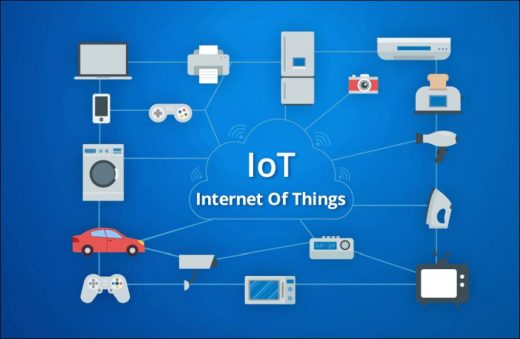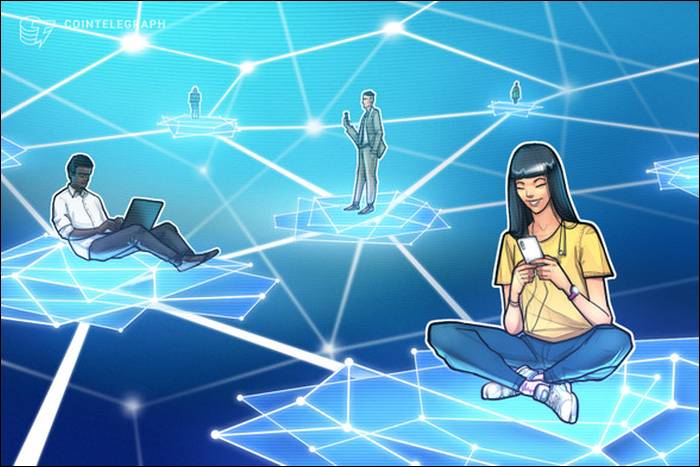Everything you want to know about the Internet of Things, the ecosystem of devices connected to the Internet…
The technology that enables physical objects used in daily life to send and receive data by connecting to the Internet is called the Internet of Things (IoT). Objects in IoT networks are connected both with each other and with complex systems.
Devices with the Internet of Things feature are equipped with various receivers and software to communicate and transfer data between themselves and with large systems. Each device has its own unique digital key. This code, called a unique identifier, is used for the object to work with other devices on the internet.
Since the IP address (Internet Protocol Address) standard used in conventional internet protocols does not have enough combinations to create a unique identity for all devices in the IoT ecosystem, the IPv6 standard is used when giving identity to IoT devices.
For example; While the theoretical maximum number of 32-bit IPv4 addresses written like “192.168.0.1” is calculated as 4.3 billion (2^32), the IPv6 standard with a 128-bit infrastructure goes up to 340 decillion (3.4×10^38). It is assumed that this number is sufficient for all smart devices.
Smart objects, which are the cornerstones of IoT networks, are designed to be accessible and data sharing from anywhere without any distance limit.
Internet of Things and Big Data Association
The fact that devices connected to the Internet communicate with each other and transfer data regularly makes it necessary to work together with the Big Data concept.
For example, in the smart city concept, sharing information such as the location, speed and route of the vehicle in real time via the navigation application makes it possible to calculate the traffic density and the estimated time of arrival.
Real-time information from the numerous vehicles using the navigation application must be filtered and transformed into meaningful and actionable data. If the data is processed correctly, areas with heavy traffic can be detected and the most suitable route for the driver can be drawn in real time.
Internet of Things devices, which have an important place in the smart city concept; provides useful information on topics such as traffic lights, parking areas and lighting. In addition, the sensors in the garbage containers can detect which container is full, so that the garbage truck can follow the most efficient route without entering unnecessary streets.
Internet of Things devices are also used for the development of environmentally sensitive applications. Factors such as regional air pollution, precipitation rate, dam fullness and even forest fire risks can be detected and controlled with sensors connected to the internet. These data can be used in situations that require urgent action.
Confidentiality of personal data
Since IoT devices transmit data at regular intervals, personal data is also shared to a certain extent. For this reason, devices connected to the Internet must protect the privacy of personal data and ensure that the user remains anonymous.
It is important to determine who can see the data collected with the sensors. As a result, the data must be encrypted, and while doing so, it must require low energy.
Views: 391








